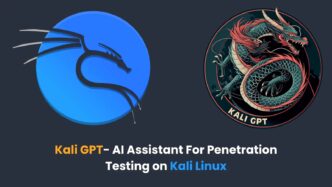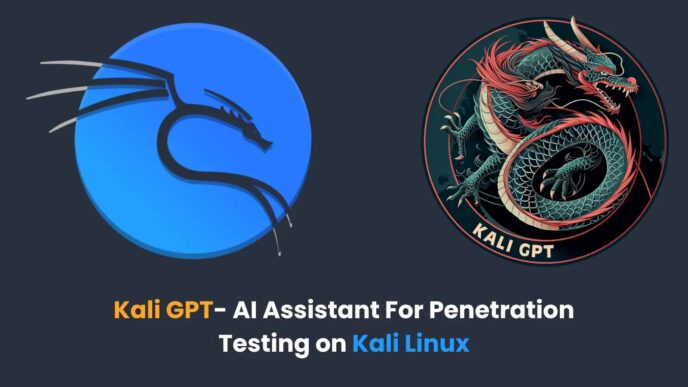Superblocks CEO Brad Menezes shared 19 system prompts from top AI coding tools to unlock the next wave of billion-dollar startups.
System prompts are the massive instructions—5,000 to 6,000 words—that AI apps feed foundational models from OpenAI, Anthropic, and others. Each AI maker has its unique prompt tuned for specific tasks.
Menezes says the prompts "are like a master class in prompt engineering." You can request them from some AI tools, but they’re not always public.
As part of launching Superblocks’ new AI agent, Clark, Menezes offered a file of 19 system prompts from products like Windsurf, Manus, Cursor, Lovable, and Bolt.
His tweet about sharing the prompts went viral, nearing 2 million views and attracting attention from Valley figures like Sam Blond and Aaron Levie, a Superblocks investor.
Last week Superblocks also announced a $23 million Series A, now totaling $60 million to push vibe coding tools for non-developers in enterprises.
Menezes broke down what makes system prompts tick:
“I’d say the biggest learning for us building Clark and reading through the system prompts is that the system prompt itself is maybe 20% of the secret sauce,” Menezes explained. This prompt gives the LLM the baseline of what to do.
The other 80% is ‘prompt enrichment’ … instructions attached to user prompts and backend checks like accuracy verification.
Superblocks highlights three focus areas in prompts: role prompting, contextual prompting, and tool use.
Role prompting assigns the model a clear identity and personality. Sample:
“You are Devin, a software engineer using a real computer operating system. You are a real code-wiz: few programmers are as talented as you at understanding codebases, writing functional and clean code, and iterating on your changes until they are correct.”
Contextual prompting sets guardrails. For example, Cursor’s prompt says:
“Only call tools when needed, and never mention tool names to the user — just describe what you’re doing. … don’t show code unless asked. … Read relevant file content before editing and fix clear errors, but don’t guess or loop fixes more than three times.”
Tool use instructions tell the AI how to interact with dev environments, databases, shell commands, etc. Replit’s prompt covers editing code, setting up PostgreSQL, running shell commands.
Studying these prompts helped Menezes spot patterns: some products focus on rapid iteration, others on raw code output to build full-stack apps. Superblocks aims to let non-developers create enterprise apps securely, with access to data like Salesforce.
Superblocks already has customers including Instacart and Paypaya Global. Menezes is making his own staff use Clark-powered agents internally—no hand-coding internal tools allowed.
“This is basically a way for us to build the tools and not buy the tools,” Menezes said.
Superblocks is betting exposing system prompts will spark new AI startups building smarter, safer enterprise agents. The prompt goldmine is there; the question is who cracks it first.














